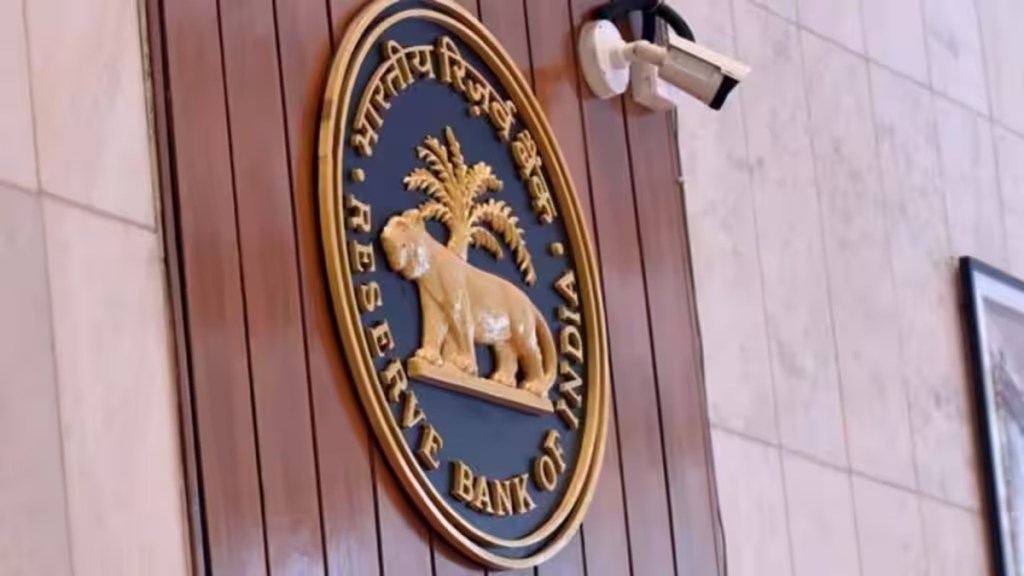The Reserve Bank of India‘s (RBI) move directing banks to maintain an incremental cash reserve ratio (I-CRR) of 10% will lead to a rise in short-term borrowing cost and marginally impact banks’ net interest margin (NIM), experts told FE.
“The introduction of an incremental CRR, though on a temporary basis, will impound resources of banks and have an upward impact on market rates. While there will still be surpluses in the market, the concept of impounding of resources will exert an upward pressure on the sentiment and hence interest rates,” Madan Sabnavis, chief economist at Bank of Baroda, said.
Currently, the yield on one-year commercial paper (CP) stands at 7.12%, 3-month CP rate is 7.40% and 6-month CPs are trading at 7.65%. Further, 3-month certificate of deposit (CD) rate is at 7.04% and 6-month CD rate is 7.40%.
RBI governor Shaktikanta Das said excessive liquidity can pose risks to price stability and also to financial stability. Currently, the surplus in banking industry is estimated to be at Rs 2.3 trillion, partially aided by withdrawal of Rs 2,000 bank notes in circulation in May.
Accordingly, the central bank decided that with effect from the fortnight beginning August 12, banks shall maintain an I-CRR of 10% on the increase in their net demand and time liabilities (NDTL) between May 19 and July 28. Experts say this will take effective CRR to 14.5% for the period concerned and might reduce system liquidity by Rs 1.15 trillion. The RBI will review the I-CRR provision in September with a view to return impounded funds to the banking system ahead of the festive season, Das said.
“With approximately Rs 1 trillion of system liquidity likely to be withdrawn due to this move, short-term rates are likely to be pressured in the run-up to the festive season,” said Zarin Daruwala, CEO, Standard Chartered Bank India.
According to Madhavi Arora, lead economist at Emkay Global Financial Services, the I-CRR move would also lead to some interest loss for banks, as banks were parking short-term liquidity into short-term personal loans and money markets, instead of parking money in variable rate reverse repo auctions, which also helped some softening of CP and CD rates.
“The immediate impact of RBI absorbing liquidity via I-CRR will be mild hardening of money market rates for borrowers, including NBFCs/corporates, while for banks there will be a slight impact on their NIMs (3-4 bps), depending on the instruments they were parking the money in (assuming 14.5% effective CRR),” Arora said.
She added the RBI has fired “warning shots” for banks and non-bank lenders given the aggressive lending towards the unsecured loan segment and that they need to retain adequate provision buffers. According to Emkay’s banking analysts, the move will force regulated entities to maintain higher provisions, or at least discourage them from reversing provisions.
